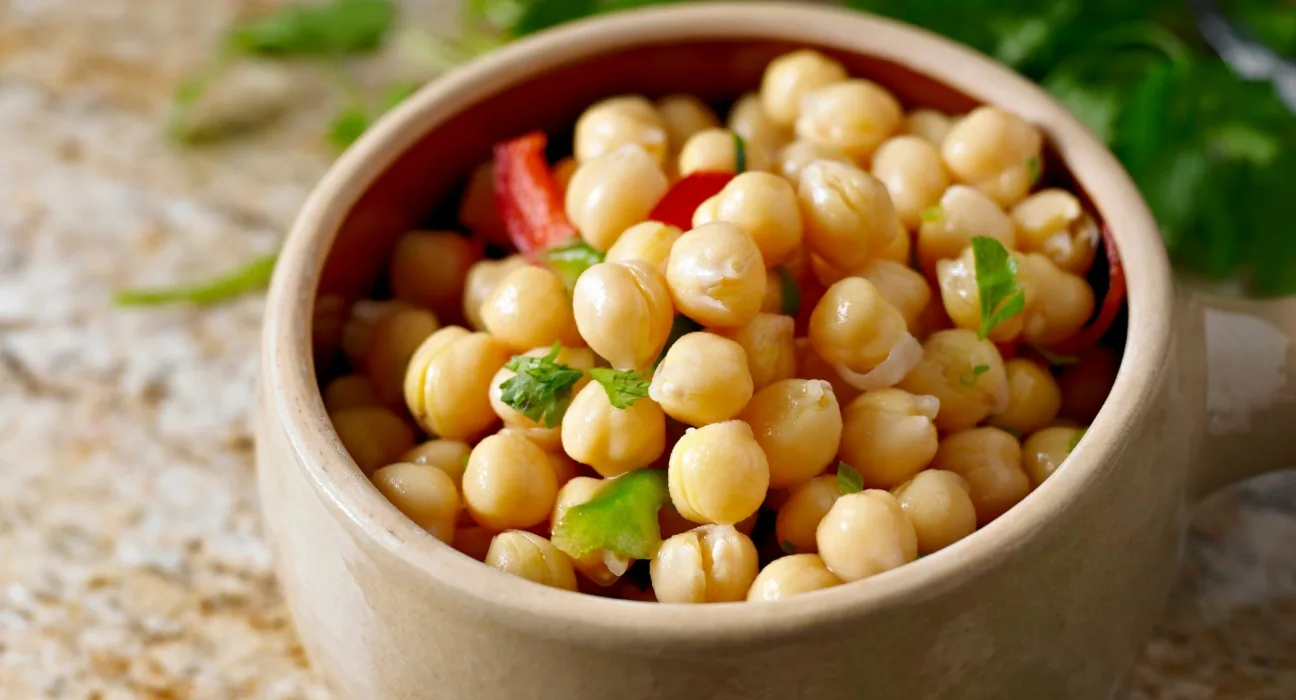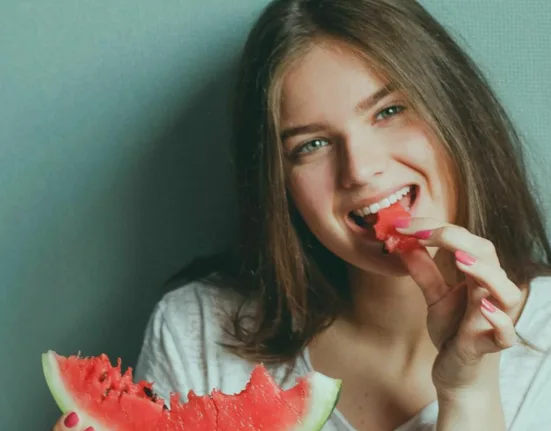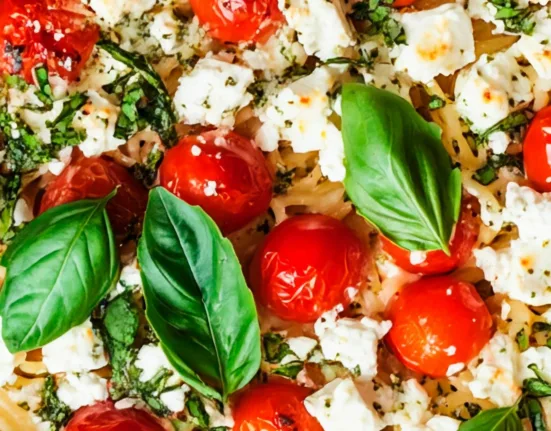To learn how to cook chickpeas, you should first know something about these beans’ origin and nutritive value. Chickpeas, or garbanzo beans, are like tiny, beige powerhouses of nutrition that have been delighting taste buds for centuries. These little legumes are not just tasty but pack a punch regarding health benefits. First off, chickpeas are chock-full of protein, making them a fantastic option for vegetarians and vegans looking to get their fill of this essential nutrient. They’re also loaded with fiber, which is great for keeping our digestive systems happy and healthy. Plus, they’re bursting with vitamins and minerals like folate, iron, and manganese, all of which play important roles in keeping our bodies functioning at their best. More: Best chickpea salad recipes
Cooking is like love. It should be entered into with abandon or not at all.
Harriet Van Horne
But let’s not forget the versatility of chickpeas in the kitchen! These legumes are stars in many beloved dishes from around the world. Take hummus, for example – a creamy, dreamy dip made from mashed chickpeas, tahini, olive oil, and a squeeze of lemon juice. It’s perfect for spreading on sandwiches or dipping veggies into a nutritious snack.
Then there’s falafel, a Middle Eastern favorite made from ground chickpeas mixed with herbs and spices, formed into balls, and fried until crispy. Pair it with some pita bread and tzatziki sauce for a mouthwatering meal. Chickpeas also shine in salads, soups, and stews, adding a hearty texture and nutty flavor. Whether roasted for a crunchy snack or tossed into a curry for a satisfying meal, chickpeas are a kitchen staple that can elevate any dish. MORE: Recipes with spinach that will make you insatiable
Soaking before cooking: Is it necessary?
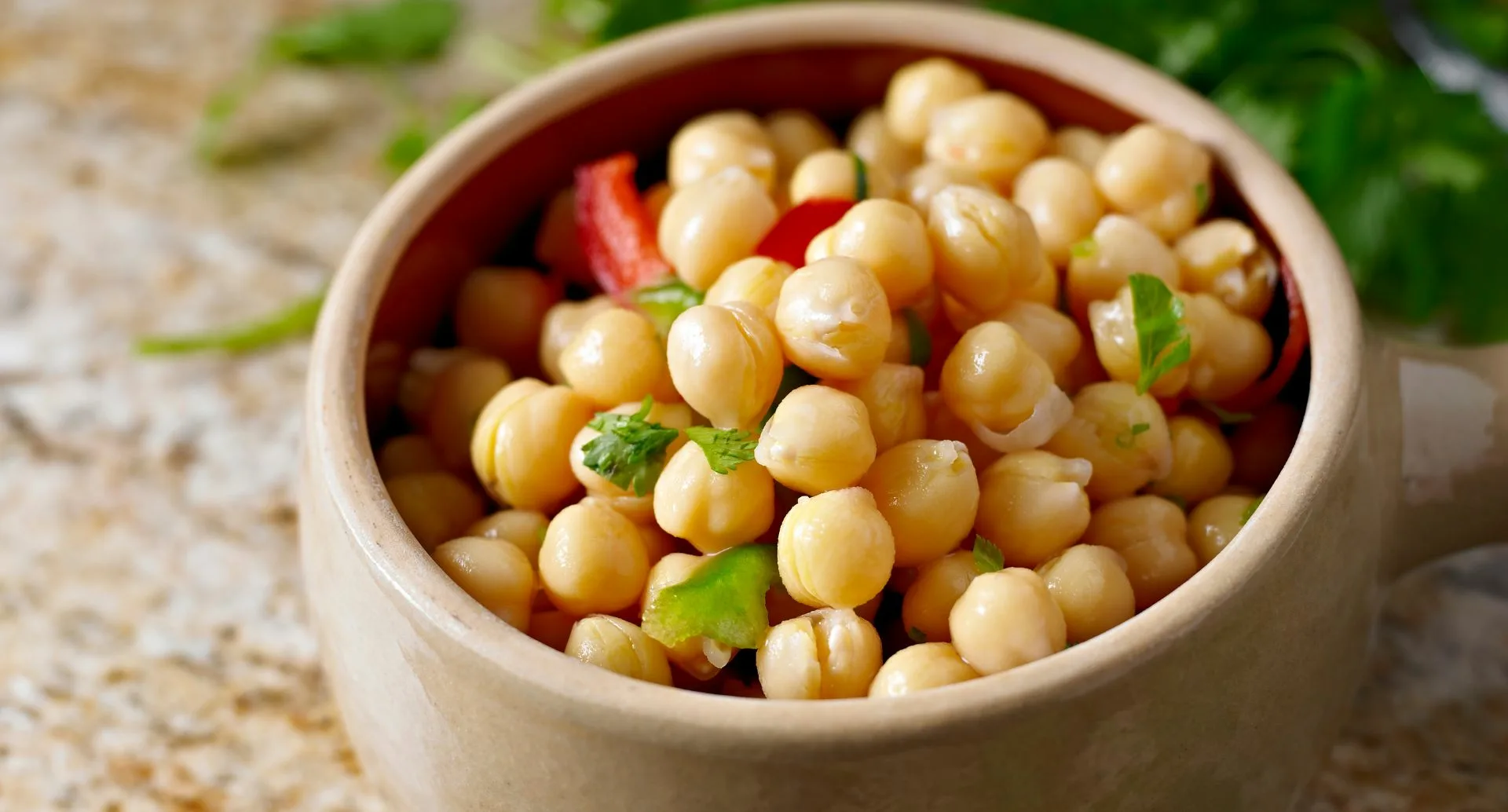
So, you don’t need to soak beans before cooking them, but it can make things quicker. If you forget to soak them, that’s okay, but get ready to wait longer for them to cook – up to twice as long!
Why soak beans? Well, soaking makes them cook faster. Who wants to wait around for more than an hour to cook beans? Also, soaking might help them digest better. It could remove some of the stuff in beans that causes gas and bloating, like phytic acid. If you’re really into getting rid of phytic acid, you could try making Instant Pot Chickpeas instead – pressure cooking helps even more!
When it comes to avoiding gas and bloating, we’ve heard that eating beans regularly for 3 to 4 weeks usually makes the extra gas go away. Your body needs time to get used to it. Adding new things to your diet, like more beans or veggies, can sometimes make you feel gassy and bloated at first. It’s kinda like when you start eating more veggies like broccoli and cabbage – your body needs time to adjust. MORE: 6 Tips for Best Baked Sweet Potatoes
Soaking dry chickpeas
Now, if you do want to soak dry beans, here’s how you do it: Put the dry beans in a big bowl with plenty of space. Cover them with about 3 inches of water and leave them in the fridge overnight. The longer you soak them, the faster they’ll cook. You can keep them in the fridge for up to 24 hours to avoid any spoilage.
But if you’re short on time, you can try quick soaking beans. Here’s how: Put the dry beans in a saucepan and cover them with 3 inches of water. Bring it to a boil and let it boil for 5 minutes. Then, take it off the heat and let it cool for an hour. Quick-soaking beans might help get rid of some of the stuff in beans that can upset your stomach, and they’ll cook faster too. Plus, you only have to watch the pot for 5 minutes during the boiling part, instead of up to 2 hours like with un-soaked beans. More: Tarot card guide: Key insights and methods
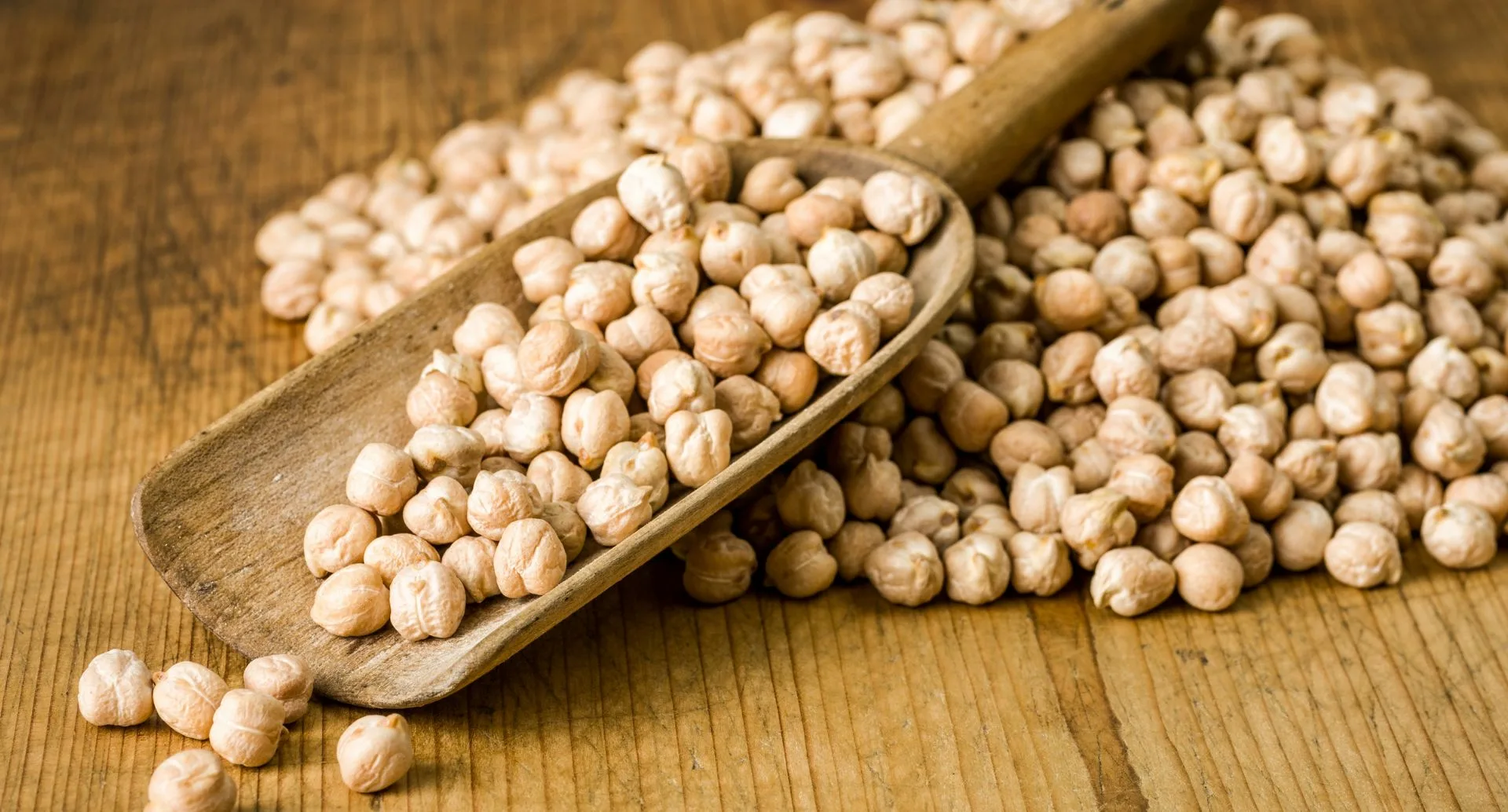
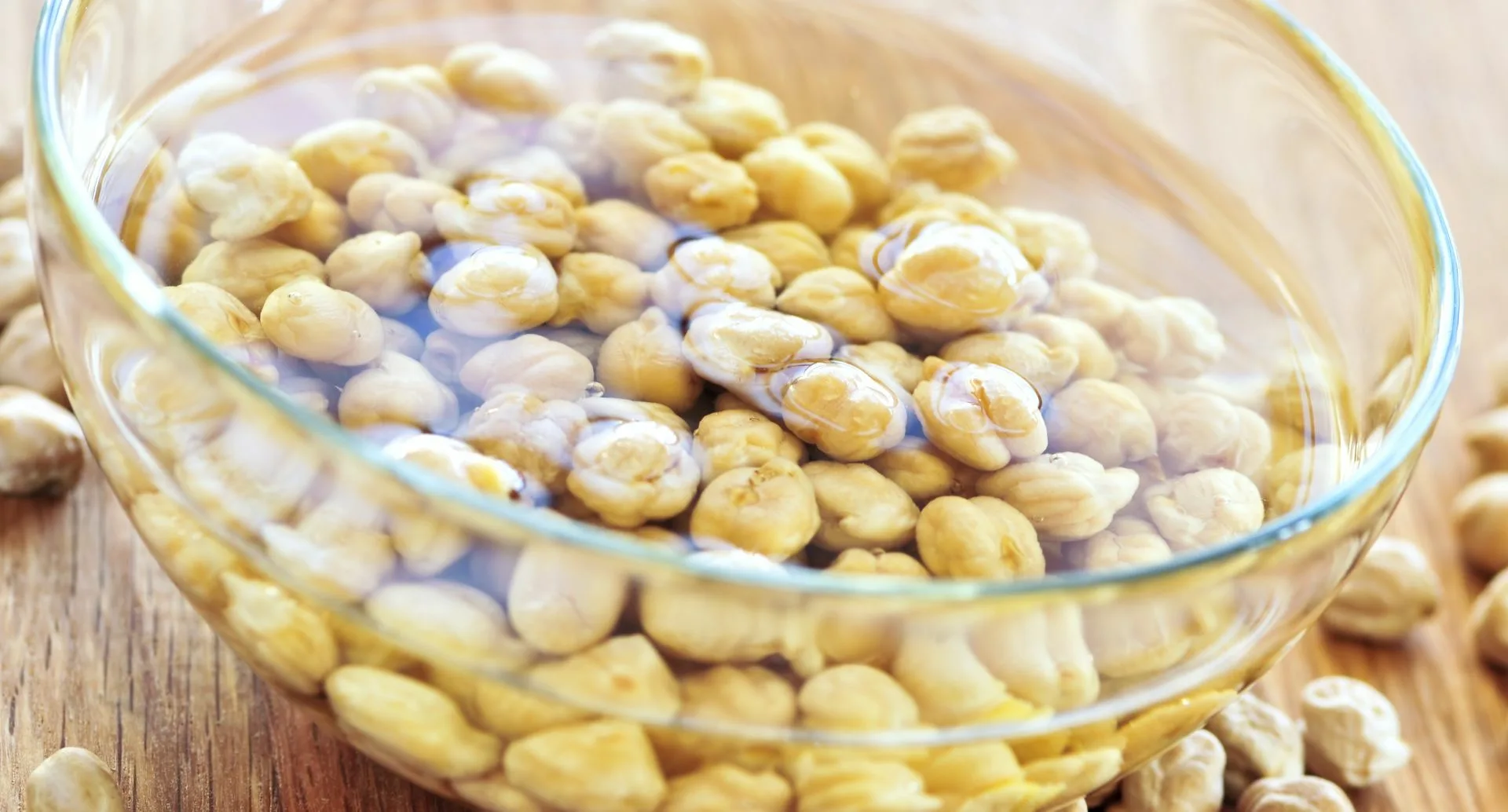
How to cook chickpeas?
When you start with soaked chickpeas, it usually takes around 45 to 60 minutes to cook them from the beginning. But, if you put salt in the water while cooking or if the chickpeas are old, it might take even longer. You see, older beans need more time to cook, and it’s hard to know how old they are when you buy them from the store. More: Quick and easy cleaning tips for home
A useful tip is to consider purchasing beans from a bulk bin at the store, as they may be fresher compared to packaged ones on the shelves. This is especially true for stores with active bulk bin sections where turnover is high. When cooking chickpeas from scratch, it’s necessary to periodically check their tenderness. Typically, checking begins around 35 to 45 minutes into cooking soaked chickpeas.
To assess readiness, one can press a chickpea against the side of the pot to determine if it easily squishes. You can also use a spoon or fork to lift one out and taste it cautiously. Cooling the bean under running water before tasting can prevent mouth burns. Using the quick-soak method discussed earlier, chickpeas are usually cooked in 40 to 45 minutes, though occasionally it may take up to an hour depending on their age. For traditionally soaked chickpeas, they usually require about 45 to 60 minutes of cooking until tender. However, if salt is added to the water, the cooking time may be prolonged. MORE: Recipes with spinach that will make you insatiable
How to cook chickpeas: Guide
Soaked Chickpeas:
- Drain and rinse the chickpeas.
- Pour the chickpeas into a large saucepan and cover them with 3 to 4 inches of water.
- Bring them to a boil.
- Lower the heat to a simmer and let the chickpeas cook uncovered until they are tender about 45 to 60 minutes.
- Check on the beans after 30 minutes to ensure there is enough water in the pot; add 1-2 cups more if needed to keep them covered.
- Use a fork to smash one of the chickpeas against the side of the pot to check for tenderness. When they smash easily, they are done.
- Drain the cooking water, saving it for future use if you want a vegan egg substitute (aquafaba).
How to Cook Un-Soaked Chickpeas:
- Pour the dry chickpeas into a strainer and rinse them well to remove any dirt.
- Transfer the chickpeas to a large pot and cover them with 3 inches of water.
- Bring the water to a boil, then lower the heat to a simmer. Simmer uncovered until the beans are tender, about 90 minutes to 2 hours.
- Check on the beans every 30 minutes to ensure they are still covered in water; add more water if needed.
- Drain the beans, reserving the cooking water for aquafaba recipes if desired.
- Use the beans immediately or store them in an airtight container in the fridge for up to a week.
- Beans can also be frozen for up to 6 months.
More: 6 ways how to stop procrastinating







